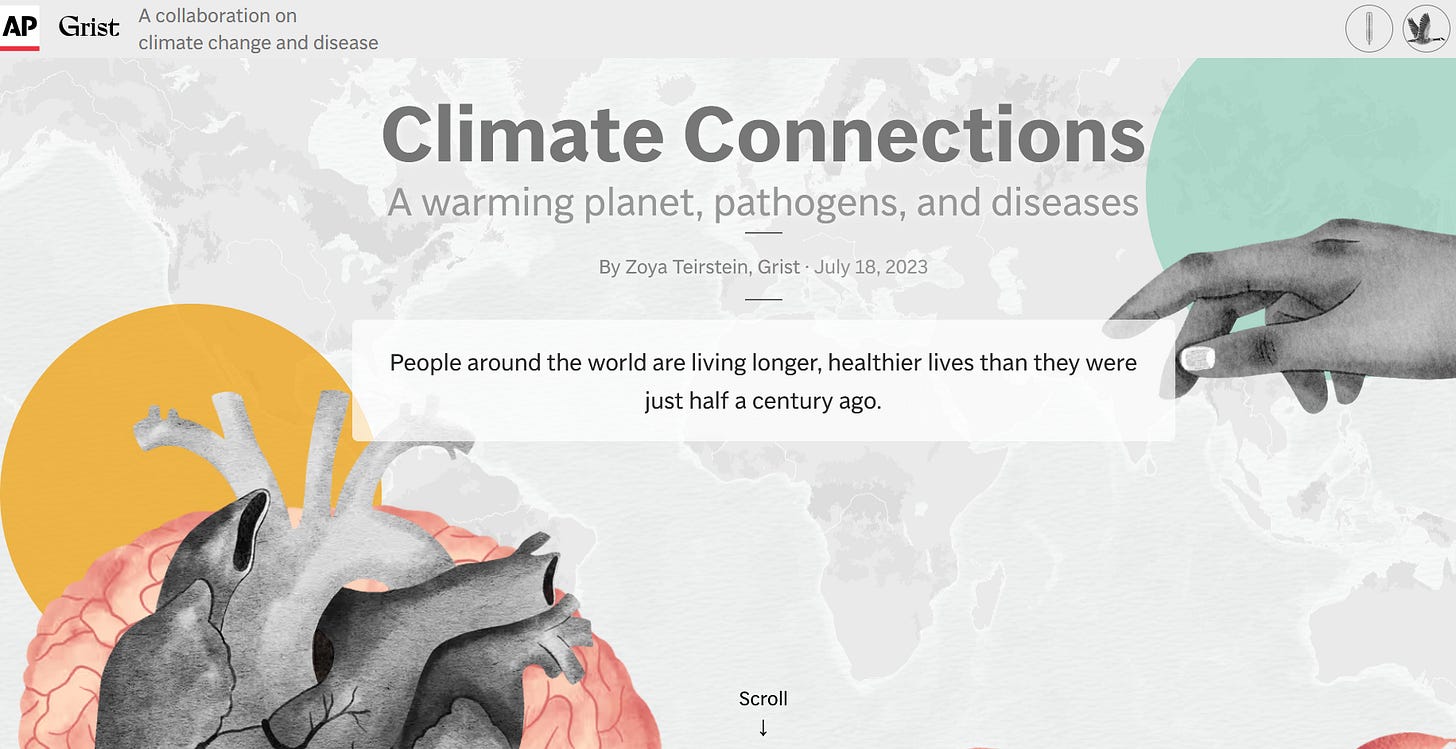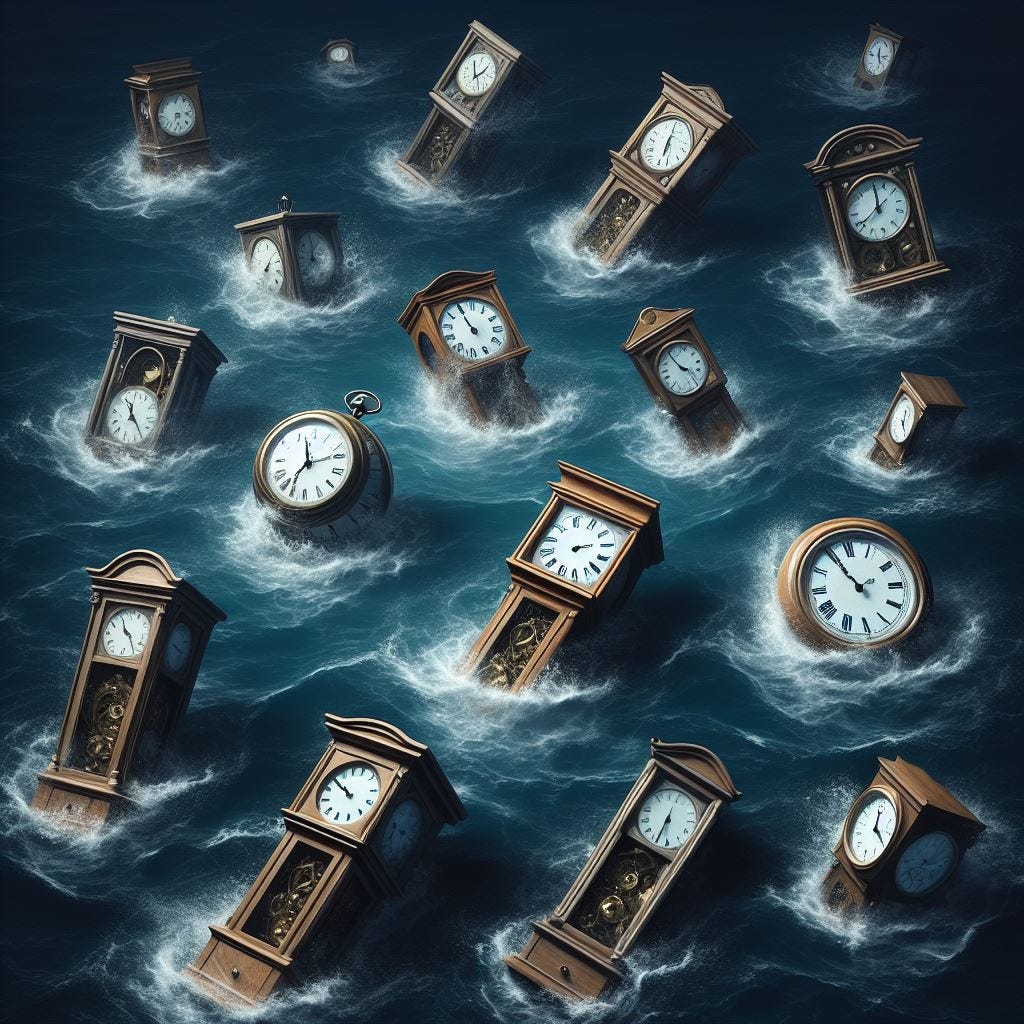Issue #14
How Poor Maintenance Loses Wars | The Puzzle of Non-Proliferation | Rating Sovereigns | Who Made these Circles in the Sahara? +3 Bonus Articles | Free Resources - Stumbled
Window view of Dresden (1837) by Julius Kaskel
Source: Artvee
Est. Reading Time: 7 mins
Geopolitics 🌏
How Poor Maintenance Loses Wars - 2022, Ukraine Maintains
By Books in Progress
Annotations
In the early days of the Russia-Ukraine War in 2022, the Russians and military experts alike thought that Ukraine did not stand a chance. But more than a year later, not only is the war still going, Ukraine has recaptured large swathes of its territory, turning into a formidable force.
During Russian President Boris Yeltsin’s regime in the 1990s, the government was unable to pay officers and soldiers alike, and corruption became rampant. Everything from vehicle spare parts to fuel to light bulbs, and boots were sold in the black market. In the intervening years between 1991 (Ukraine’s independence) and 2014 (annexation of Crimea), the country’s military had been systematically hollowed out by a series of presidents.
But things changed for the better under former President Petro Poroshenko, who was provoked by the annexation of Crimea and set in motion a sweeping overhaul of Ukraine’s armed forces. President Zelensky expedited the reforms and named Valeriy Zaluzhny who followed the West’s “mission command” philosophy (empowers subordinates to act with initiative and flexibility) to be Ukraine’s first Commander-in-Chief of its armed forces.
Maintenance practices have been identified as one of the reasons for Ukraine’s victories. Logistics is crucial for an army and trucks form the backbone of any modern mechanized military force. Military trucks need to be moved at least once a month for preventive maintenance reasons and the Russians were too corrupt to exercise the trucks and wheeled armoured fighting vehicles.
According to Oryx, (a Dutch newsroom reporting on battlefield statistics), the Russians lost 1,688 tanks of which Ukraine captured 544, which formed more than half of Ukraine’s operational tank fleet. The Russians were quite eager to ditch a line of dangerously obsolete tanks called T62s which were relics from the 1960s. Ukraine captured at least 43 of them and salvaged their well-armoured hull and engine. Repair facilities in Ukraine were extremely mobile and functioned near the front lines, with depots equipped for significant refurbishments located further back or across the eastern border in Poland. These facilities were predominantly manned by volunteer civilian technicians.
The Puzzle of Non-Proliferation
By Asterisk Magazine
Annotations
Unlike the counterparts of its era (jet engines, microwave ovens, radars, etc.), Atomic weapons are one of the few inventions that never spread across the globe. While two dozen countries hold on to some nuclear latency as a security measure, today only nine countries have the bomb. Why, then, did so few countries do so?
In a March 1963 press conference, former US President John F. Kennedy cautioned about the possibility of 15 to 25 nations obtaining military nuclear capabilities within the next decade. The forecast was based on then Secretary of Defense Robert McNamara’s report which stated that by 1973 eight new states might acquire nuclear weapons — China, Sweden, India, Australia, Japan, South Africa, Germany, and Israel.
Fearing the rise of multiple nuclear states, the US and the then-Soviet Union banded together to limit nuclear proliferation. The resulting 1968 Nuclear Non-Proliferation Treaty (NPT) has three pillars nonproliferation, disarmament, and peaceful uses. The primary focus was on nonproliferation: nations with nuclear capabilities agreed not to share nuclear weapons technology and other signatories agreed not to acquire them.
The NPT was riddled with flaws:
It lacked universality and effective verification.
Initially, it had a duration of 25 years and would require an extension every five years.
Two nuclear-armed states, France and China, declined to join, along with several others some of whom had active weapons programs- Argentina, Brazil, India, Israel, Pakistan, and South Africa.
In May 1974, India had its first successful nuclear bomb test (code-named Operation Smiling Buddha/Pokhran 1). India’s test served as a tipping point in galvanizing international action:
Over the coming years, the US offered security guarantees for its allies in Europe and Asia who would give up their nuclear weapons, and the Soviet Union suppressed nuclear aspirations among its Warsaw Pact allies.
Nuclear exporters made the NPT more robust by weaving it into a thicker web of regulations and controls. The first strand was the 1974 “trigger list,” specifying which nuclear items required the International Atomic Energy Agency’s (IAEA) safeguards to export.
The restrictions outlined in the NPT were now supported by legal, logistical, and political hurdles that increased the cost, duration, and risk associated with constructing a bomb. These systems were partially effective due to the looming threat of sanctions and military action.
Economics 💷
Rating Sovereigns
By Phenomenal World
Annotations
Sovereign ratings are derived from a multitude of factors such as political risk, economic situation, and fiscal health and are used to determine the creditworthiness of a nation.
The ratings hold enormous sway over a country’s future. Sovereign ratings have played their part in exacerbating the Asian financial crisis and the Eurozone crisis. They’re all-pervasive, affecting the amount of interest the government has to pay on its external debt (the higher the amount, the lesser money available for other public services) and the financing costs of all economic actors across the country (which influences economic decision making- affecting growth, unemployment, equity markets, etc).
Known as The Big Three- Fitch, Moody’s and Standard and Poor’s are the premier institutions assigning credit ratings to anyone who’s willing to pay, from companies to entire countries. The Big Three have been called the “new superpowers”, as they increasingly interfere in the functioning of democratic nations by tying favourable funding conditions to specific policy outcomes and assigning lower ratings to countries with centre-left governments and large welfare commitments.
Cropping up in the late 19th and early 20th centuries in the US, rating agencies helped investors assess the bonds of railroad companies and provided businessmen with necessary information about their potential borrowers.
With the advent of the information age and the rise of institutional investors in bond markets in the 1970s, rating agencies were no longer sought after for their research. But instead of getting wiped out, the agencies took on a new role. As institutional investors diversified their portfolios, it became harder to track and assess their innumerable bond investments. So, agencies sought to remedy this by providing ratings as commonly trusted third-party indicators of credit risk.
While the Big Three have been criticized for their oversized role in the global economy, the very concept of sovereign rating has also come under scrutiny in recent times. Accurately predicting all potential scenarios that could impact a debtor’s future capacity and intent to repay their debt throughout the lifespan of bonds, and assigning realistic probabilities to all imaginable outcomes, is impossible. This is especially true for sovereign debtors, as their ability to service debt is influenced by a complicated interplay of political, economic, and fiscal factors.
The fact that the sovereign ratings are still being used and the Big Three are thriving is remarkable. Apart from the regulatory action brought on by the US and European regulators to curtail the powers of the rating agencies—investors themselves had strong incentives to ditch ratings and the Big Three, given the immense losses they suffered in successive crises due to rating failures. The reason behind the Big Three’s dominance is that the overwhelming majority of collateral standards and private or public regulatory documents call for at least two ratings and specifically require ratings by Fitch, Moody’s and Standard and Poor’s.
Bonus 🎁
Vox has made some exceptional videos over the years, but this has to be one of their best. A true masterclass in research. We’re truly in the Golden Age of YouTube.
KYC was meant to protect you. Now it’s used to con you [Paywall]
There’s been a wave of KYC related frauds spreading across the country. Read this informative piece by The Ken to not fall into such traps.
Climate Connections
Climate Connections explores how a changing climate is accelerating the spread of infectious diseases around the world and how mitigation efforts demand a collective, global response.
The Secret Language of Ships
An insightful short piece on interpreting the various signs painted on ships.
Generative Art 🦩
Countdown of the Sea
Prompt: “Multiple grandfather clocks floating on their backs in the dark blue ocean, viewed from the top, in the style of a Michelangelo painting“
Free Resources 💡
Stumbled: Stumbled is a website where you’re randomly taken to other interesting websites. It's a good way to discover new websites or just kill time.
For more free resources (180+ websites and tools), please check out Searching (it’s a Notion database that I’ve created).




